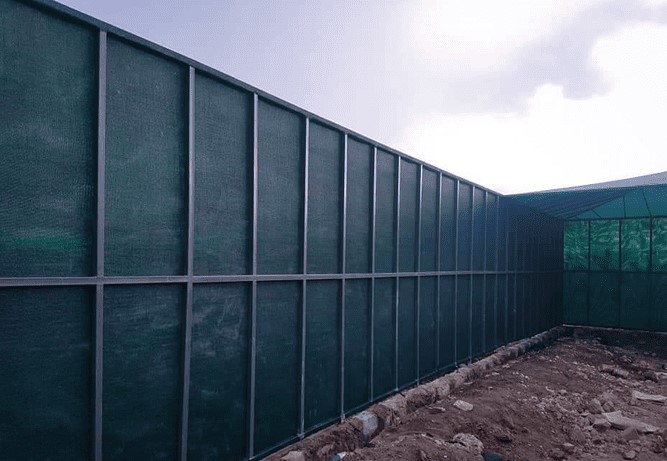The use and characteristics of Mantis Shade Cloth
Shade Cloth, known as sunshade fabric or light-blocking fabric in Chinese, is a functional fabric specifically designed to block sunlight and solar radiation. It is widely used not only in residential, commercial, and agricultural sectors but also meets the shading needs of various occasions due to its diverse materials and characteristics.
Shade fabrics are made from a variety of materials, including polyester, fiberglass, and acrylic. Polyester shade fabric is renowned for its high strength, wear resistance, and weatherability, making it suitable for long-term outdoor exposure in shading facilities. Fiberglass shade fabric, processed through special techniques, can effectively block sunlight and ultraviolet rays while filtering some daylight to improve indoor light quality. Acrylic shade fabric combines transparency with shading performance, making it suitable for situations requiring a certain level of light transmittance.Based on function and usage, shade fabrics can be further classified into flame-retardant, embossed, jacquard, silver-coated, and eco-friendly types. Flame-retardant shade fabric offers permanent flame retardancy, suitable for places with high safety requirements. Embossed and jacquard shade fabrics create various pattern effects through specialized machinery or processes, enhancing aesthetic appeal. Silver-coated shade fabric achieves 100% light-blocking effect through dyeing and coating, suitable for situations requiring complete shading. Eco-friendly shade fabric uses non-polluting materials, aligning with modern environmental protection concepts.The application scope of shade fabrics is extensive, covering residential, commercial, and agricultural sectors. In residential settings, shade fabrics are commonly used for curtains, sunshades, and sunscreens, effectively blocking direct sunlight, reducing indoor temperatures, and enhancing living comfort.

In commercial settings, shade fabrics are widely applied in hotels, office buildings, high-end residences, and leisure venues, providing shading while enhancing the overall aesthetics of buildings. In agriculture, shade fabrics are used for greenhouse shading, orchard sun protection, and livestock farm shading, contributing to crop growth and animal health.Shade fabrics possess multiple characteristics, including high strength, weatherability, flame retardancy, light-blocking properties, and environmental friendliness. High strength and weatherability enable shade fabrics to maintain stable performance when exposed to outdoor environments for extended periods. Flame retardancy enhances the safety of shade fabrics, especially in emergency situations such as fires. Light-blocking properties are the basic function of shade fabrics, effectively blocking sunlight and ultraviolet rays to protect humans and objects from UV damage. Environmental friendliness aligns with modern sustainable development concepts, reducing the environmental impact of shade fabrics.A simple method to identify the light-blocking properties of shade fabrics is to shine a light on them and observe the degree of light penetration. High-quality shade fabrics should have low light penetration rates to achieve good shading effects. When selecting shade fabrics, besides considering their light-blocking properties, it is also necessary to choose appropriate materials, specifications, and colors based on specific occasions and needs.
As a multi-functional sunshade fabric, Shade Cloth has become an important component of modern shading facilities with its diverse materials, wide range of applications, and unique performance advantages. With technological advancements and increasing environmental awareness, the performance and application scope of shade fabrics will continue to expand and improve, providing more comfortable and environmentally friendly shading solutions for people's lives and work.